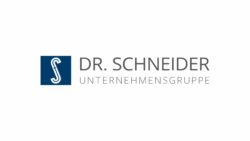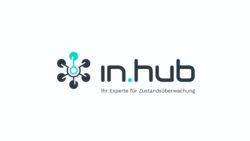High particle concentrations in the production area affect the functionality of machines, reduce the quality of the product and have a negative impact on the health of employees. Conventional methods require a lot of time and money for installation, maintenance and operation, but they only provide past-related data. Ultimately, no one is satisfied with the results, because product quality also leaves much to be desired due to unsatisfactory scrap rates.
The challenge: Capture and analyze technical cleanliness in real time
In any industrial manufacturing environment, there are stringent requirements from customers and legislators to meet numerous quality standards. These affect not only the products to be processed or manufactured, but also the people in the production environment. Dust and particle contamination can lead to functional failures of machinery and plants, and they affect compliance with quality standards and occupational health and safety measures.
Conventional measurement methods are only able to meet the required demands to a limited extent, because the results usually reflect only local and time-limited events. Due to the time required to evaluate the results, improvements can only be introduced with a delay.
in.hub is a young company that has made it its goal to develop digital solutions and products for medium-sized companies that function as simply and intuitively as a fitness tracker. This concept idea gave rise to numerous smart IoT devices for condition monitoring. With their help, information about the status of their machines, plants and processes can be configured, retrieved and evaluated in real time and 24/7.
The solution: The particle measurement system pSYS
pSYS is a ready-to-install complete bundle for particle and process monitoring – consisting of hardware, sensors and software. Designed to the latest standards and specifically to meet the needs of manufacturing companies for permanent deployments, it provides 24/7 real-time data to meet production, quality and labor standards in industrial manufacturing environments. Especially in the painting industry, the pSYS prevents overspray, powder carryover during powder changes, particle contamination in the painting zone, and particle entrapment on surfaces, among other things.
The Dr. Schneider Unternehmensgruppe is the world market leader for ventilation systems in vehicle interiors and – like many others – was faced with the problem of high reject and rework rates due to particle inclusions in the paint. To solve this issue, the particle measurement system pSYS was implemented out of the box in the company.
pSYS can be installed and used without prior knowledge, only a power supply is required. It measures simultaneously with up to 5 particle as well as temperature and humidity sensors so that all relevant environmental parameters can be recorded. Extensive reporting functions can be configured in a freely configurable dashboard. When definable limit values are exceeded, alarms and notifications are sent either by e-mail or SMS.
Data is recorded and analyzed in the cloud, and pSYS can be easily connected to ERP, MES or CAQ systems.
No integration into the in-house IT is required because the cloud environment is already onboard: the data connection is already preconfigured and does not have to be set up separately.
Communication and data storage are carried out in accordance with data protection guidelines “Made in Germany” on German servers. Encryption, security standards and Deutsche Telekom’s PSA (Privacy and Security Assessment) process guarantee data security and trust.

Particle Monitoring - Out-of-the-Box
The in.hub IoT system is our ready-to-install complete bundle of hardware, sensors and software.
The result: Reject rates reduced, costs cut
Due to the real-time measurement, it was possible to measure the actual hotspots as well as the particulate pollution in the plant for the first time. Only then was it possible to establish a directly visible correlation between the effects of the different paint systems on particulate pollution and to specifically adjust the process steps accordingly. The results speak for themselves:
- A significant minimization of reject rates already in the first run
- A significant reduction in time-consuming and costly rework
- Compliance with all industrial and labor quality standards





